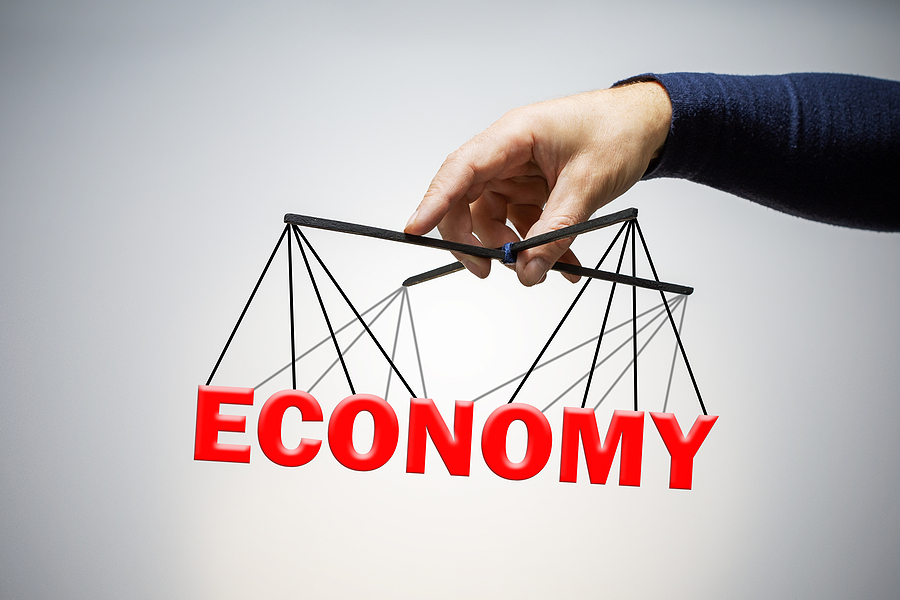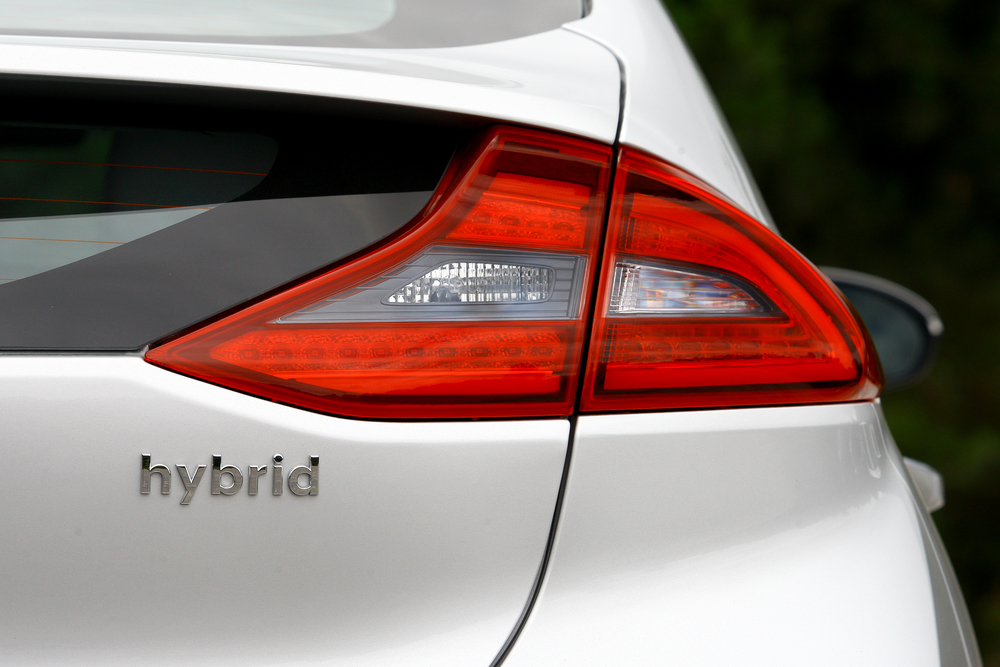Electricity blackouts and crippling price spikes won’t be solved by new solar and wind farms alone, the Australian Energy Market Operator (AEMO) warns.
AEMO CEO Daniel Westerman has used a business summit to argue for the so-called capacity mechanism that would pay electricity generation companies to have stand-by power available to meet demand.
High-impact events are becoming more frequent, he told the AFR Energy and Climate Summit on Monday.
Although Australia is unlikely to see a repeat of the exact circumstances this year that saw wholesale energy prices triple and the market suspended, many of the underlying issues persist, he said.
“Collectively as industry, governments and the system and market operator, we must put additional measures in place to manage these extreme events,” he said.
Australia’s renewable energy also needs backup from big batteries, pumped hydro and new gas generation, and more transmission to connect low-cost renewable generation to consumers, he said.
A draft capacity mechanism prepared for the previous federal government was tagged “CoalKeeper” by some, and rejected as going too far in extending the life of ageing coal-fired plants.
Some argue only new energy should be eligible under the planned capacity mechanism and energy ministers are yet to finalise a rejigged plan.
“We simply won’t get this built with the current ‘energy only’ market design,” Mr Westerman said.
At least five coal-fired power stations are set to close between now and 2030 and he expects other coal-fired generators to announce further closures as Australia moves to an electricity grid dominated by renewables.
To replace this energy, Australia needs to install 45 gigawatts of new supply by 2030, with most (36GW) from renewable generation such as solar and wind.
The rest (9GW) is forecast to come from new pumped hydro, batteries and gas generation to smooth out the peaks and fill in the troughs of renewable energy.
But he said investors will struggle with the “inherent volatility of wholesale prices and customers will baulk at long periods of elevated pricing” as variable renewable energy becomes the mainstay.
The global energy crisis has increased the cost of fuel for Australia’s gas and coal-fired power plants, increasing power bills for industry, businesses and families.
Most Australian households have had to cut their spending on essentials such as food and heating over winter as the cost of living skyrockets, according to a new survey by Australian Parents for Climate Action.
Renters and homeowners want more government spending on renewables and immediate support from rebates to make solar and electric cars more affordable, the survey of 1000 households across Australia found.
Mr Westerman said most of the world’s advanced electricity grids use some kind of mechanism that provides an incentive for investment in power generation.
“I understand though, that any change to market design is sensitive and carries inherent risk,” he said.
“That’s why I believe that the design of any capacity mechanism needs a mature conversation between governments, industry and consumers.”
Marion Rae
(Australian Associated Press)




